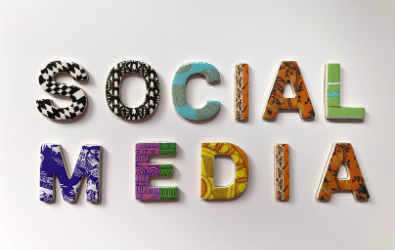Social media platforms are a great opportunity for your nonprofit to reach diverse audiences. The best way to do this is to create multilingual content that helps build a welcoming community. As someone who was raised in a bilingual household, I understand the importance of seeing yourself and your native language represented in social media. My story is not unique ; in the United States there are over 350 languages spoken, so it would be wise to consider broadening your organization’s reach by creating content in different languages. Additionally, people are more comfortable receiving news in their native language. Over 70% of consumers spend most or all their time on websites that offer their native language. Here are some tips on how to incorporate languages other than English on your organization’s social channels.
Which languages make sense?
Before you begin a multilingual social media campaign, research the demographics of your audience. For example, according to the New Bostonians Demographic Report only 66.6 % of Boston residents speak only English. More than 140 languages are spoken in Boston with Spanish, Haitian Creole and Chinese (Mandarin and Cantonese) being the most spoken languages after English. When you know your demographics, you can do what Project Bread did and create multilingual resources, which provide information in multiple languages, like Spanish, Chinese, Vietnamese, Portuguese and Haitian Creole, focusing on the languages most spoken in Massachusetts since they are not a national organization. The organization used these resources for their “School Meals for All Campaign,” which has been posted and reshared by the local legislators on social media. However, the languages that are commonly spoken in Boston may not be the same as those in other major cities. Do your homework and accurately target the correct audiences in your region.
Double, then triple check your writing.
When writing multiple sentences in a different language, stay away from Google Translate, or any other internet-based translation platforms to do all of the translating. While they are great for double checking what one specific word means, they are not reliable for translating full sentences, especially those that convey complex ideas. However, these tools can reveal words in your campaign that might have an unintended double meaning. Target learned from its mistake when it named a shoe “Orina,” which translates to “urine” in Spanish. If your organization does not have an employee who feels comfortable creating multilingual posts, you may want to hire a translator.
It is important that the translator or employee who is writing these posts double checks the work for cultural meaning that can often get lost in translation. A colloquial phrase in English may not work translated into another language. It is best to hire someone who understands the audience you are trying to reach. Languages vary even within countries that speak a common language. For example, if you plan on translating your posts into Spanish, it might be best to work with translators who come from the countries that you are trying to reach. Also, check to make sure your translated text isn’t too long or too wordy for social media. A translator can rework content so that it fits into the character limits of social media.
Think about your campaigns.
If your work directly impacts communities that speak languages other than English, then your social media campaigns should be inclusive. However, you may find yourself in a position in which your organization works primarily with English-speakers and, if this is the case, a multilingual campaign may not be effective or make financial sense. Social media is an opportunity to reach new people, especially communities that might feel ignored by English-only campaigns. Consider multilingual posts to draw in a more diverse audience.


